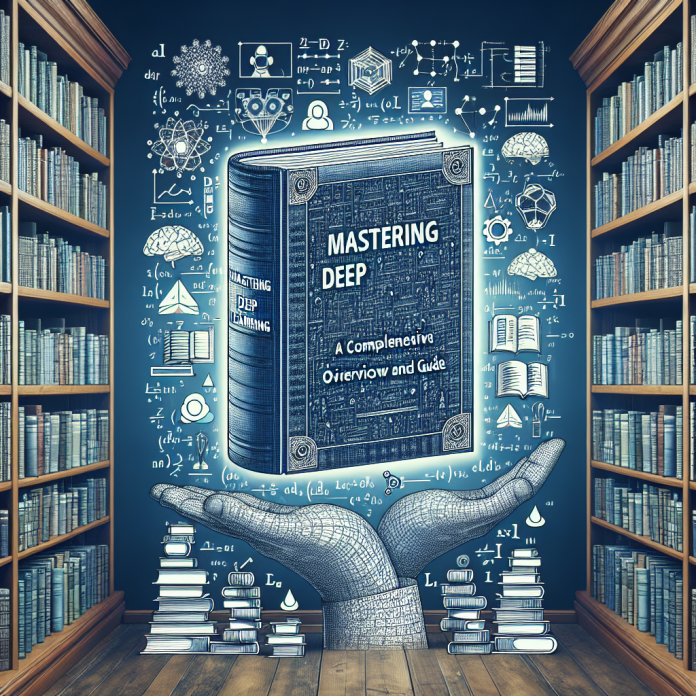Deep Learning Demystified: Understanding the Magic Behind Artificial Intelligence
Have you ever wondered how your smartphone can recognize your face to unlock it with just a glance, or how Netflix suggests the next show you might like to watch? The answer lies in a revolutionary technology called deep learning, a subset of artificial intelligence that is reshaping the way we interact with technology and the world around us.
### **The Basics of Deep Learning**
At its core, deep learning is a type of machine learning where computers are taught to learn and make decisions without being explicitly programmed. This is achieved through artificial neural networks, which are inspired by the way the human brain processes information. These neural networks are composed of layers of interconnected nodes, each of which performs a specific function in processing data.
### **The Magic Behind Deep Learning**
The real magic of deep learning lies in its ability to learn from large amounts of data and recognize patterns that human programmers may not have been able to identify. This allows deep learning models to make predictions, recognize objects, and even generate new content, such as deepfake videos or realistic-looking artwork.
### **Real-Life Examples of Deep Learning in Action**
One of the most well-known applications of deep learning is in image recognition. Companies like Google, Facebook, and Amazon use deep learning algorithms to automatically tag photos, identify objects in images, and even assist in medical diagnosis through image analysis. Similarly, speech recognition technology like Siri and Alexa use deep learning to understand and respond to natural language queries.
### **The Rise of Deep Learning in Various Industries**
The applications of deep learning span across various industries, from healthcare to finance to entertainment. In healthcare, deep learning is being used to analyze medical images, predict patient outcomes, and even assist in drug discovery. In finance, deep learning algorithms are used for fraud detection, risk assessment, and algorithmic trading. And in entertainment, deep learning is revolutionizing the way content is created and personalized for users.
### **Challenges and Limitations of Deep Learning**
While deep learning has shown great promise in many areas, it is not without its challenges and limitations. One of the biggest challenges is the need for large amounts of labeled data to train deep learning models effectively. Additionally, deep learning models can be computationally intensive and require powerful hardware to run efficiently. There are also concerns around the ethical implications of deep learning, particularly in areas like facial recognition and deepfake technology.
### **The Future of Deep Learning**
Despite these challenges, the future of deep learning looks bright. As computing power continues to increase and algorithms become more sophisticated, we can expect to see even greater advancements in the field of artificial intelligence. From self-driving cars to personalized healthcare, deep learning has the potential to transform our lives in ways we can’t even imagine.
### **Conclusion**
In conclusion, deep learning is a powerful technology that is revolutionizing the way we interact with the world around us. By mimicking the way the human brain processes information, deep learning algorithms can learn from data, recognize patterns, and make intelligent decisions. From image recognition to speech synthesis, deep learning is powering some of the most innovative technologies of our time. As we continue to explore the possibilities of deep learning, we can expect to see even greater advancements in artificial intelligence and its impact on society. So next time you unlock your phone with your face or receive a personalized recommendation on Netflix, remember the magic of deep learning behind it all.

